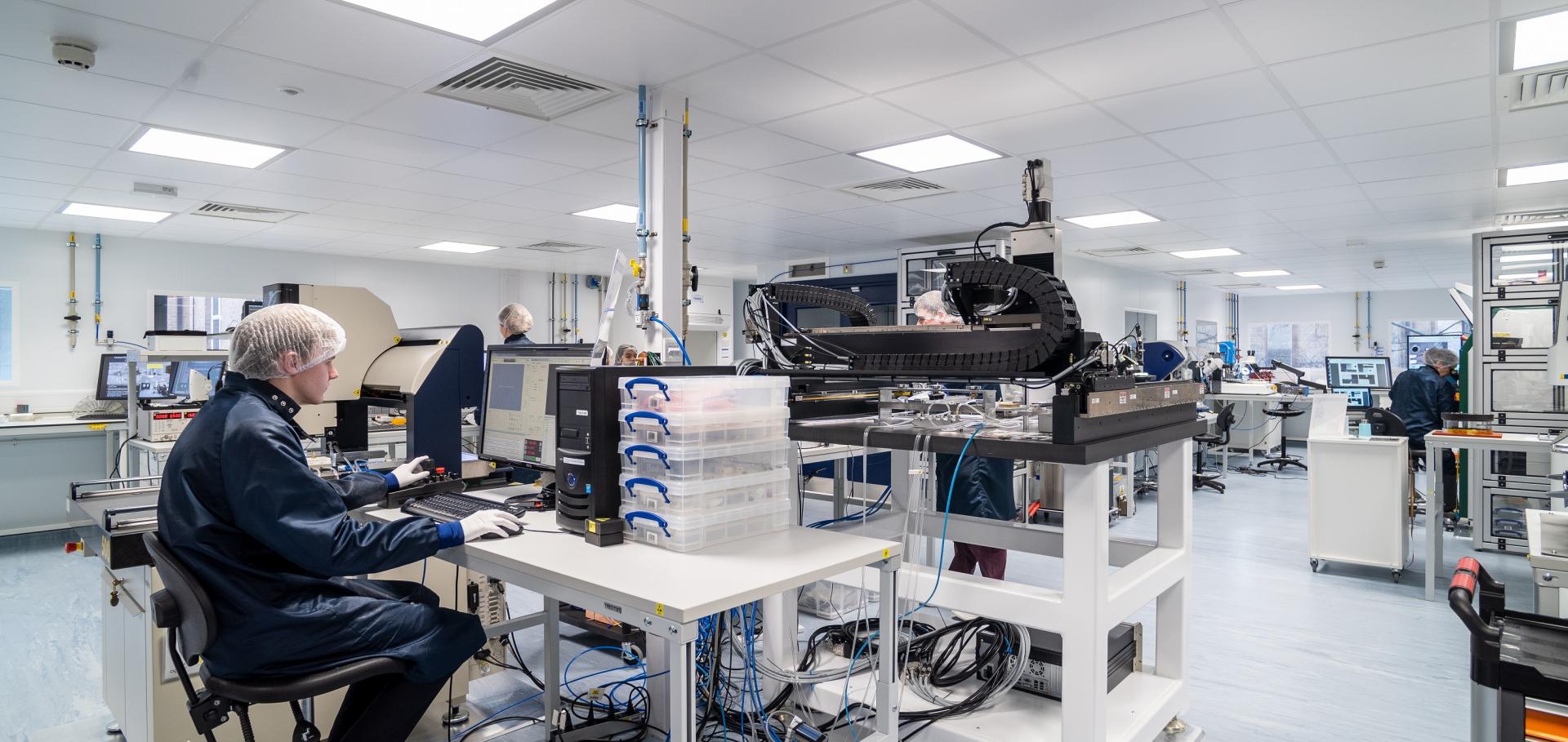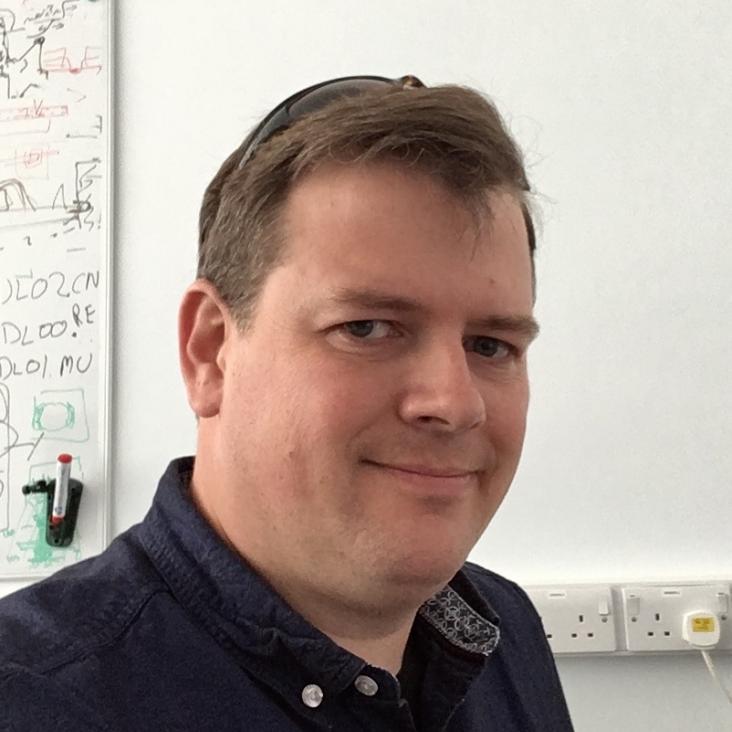Bounds on heavy axions with an X-ray free electron laser
Physical Review Letters American Physical Society 134:5 (2025) 55001
Abstract:
We present new exclusion bounds obtained at the European X-Ray Free Electron Laser facility (EuXFEL) on axionlike particles in the mass range $10^{-3}\,\mathrm{eV} \lesssim m_a \lesssim 10^{4}\,\mathrm{eV}$. Our experiment exploits the Primakoff effect via which photons can, in the presence of a strong external electric field, decay into axions, which then convert back into photons after passing through an opaque wall. While similar searches have been performed previously at a third-generation synchrotron [Yamaji et al., Phys.\ Lett.\ B 782, 523 (2018)], our work demonstrates improved sensitivity, exploiting the higher brightness of x-rays at EuXFEL.Charge collection studies in irradiated HV-CMOS particle detectors
Journal of Instrumentation IOP Publishing 11:4 (2016) P04007


